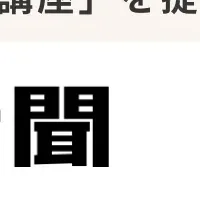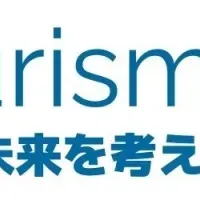
New Year's Toll Increase Announced for Bay Area Bridges Effective January 1, 2025
New Year's Toll Increase for Bay Area Bridges
As the clock strikes midnight on January 1, 2025, drivers in the Bay Area should brace themselves for an increase in toll fees across seven state-owned bridges. The Bay Area Toll Authority (BATA) has officially announced a $1 rise in tolls, making this the third and final increase that was part of a plan initiated back in 2017.
The tolls for two-axle vehicles, including cars and trucks, will climb from $7 to $8 at notable crossings such as the San Francisco-Oakland Bay, Antioch, and Richmond-San Rafael bridges, among others. Additionally, vehicles with three or more axles will also face an equivalent increase, with rates now set to reach up to $38 for vehicles with seven or more axles.
This toll increase is tied to Senate Bill 595, which was approved by the California Legislature and subsequently backed by voters through the Regional Measure 3 in mid-2018. The first two increments of this toll adjustment were implemented on January 1 of 2019 and 2022, making this latest hike an expected culmination of the established tolling framework.
For the Bay Area residents who utilize motorcycles, carpools, or qualify for clean-air vehicle exemptions, there will still be opportunities to benefit from discounted rates. The existing peak-period toll discount for these groups will see an increase from $3.50 to $4, but they must utilize FasTrak® to avail the benefit. Furthermore, weekdays from 5 a.m. to 10 a.m. and 3 p.m. to 7 p.m. will remain designated peak hours for this discount.
BATA continues to encourage drivers crossing multiple state-owned toll bridges during the weekday peak hours to use FasTrak® for an additional 50-cent discount. This discount applies specifically to the second toll crossing within the same day, allowing for improved accessibility and affordability for those commuting through the region.
FasTrak® and its Advantages
FasTrak® remains the preferred method for electronic toll collection as it facilitates a seamless payment process at all Bay Area toll plazas. New customers can conveniently obtain FasTrak® toll tags from participating retailers like Costco and select Walgreens in Northern California, making it easier than ever to access these discounts.
The revenue generated from these toll fees is crucial for financing major transportation projects outlined in the Regional Measure 3 expenditure plan. These projects include significant infrastructure improvements aimed at enhancing traffic flow and extending public transit services throughout the region. Among them are upgrades to State Route 37, enhancements for BART systems, and the expansion of bus services to better serve the commuter communities.
While the January 1 increase is on its way, BATA has made it clear that an additional phased increase will follow starting January 1, 2026. This future adjustment aims to secure ongoing maintenance and operational support for the state-owned bridges. Ideas and policies concerning high-occupancy vehicles on the approaches to these bridges will also take effect concurrently.
For many Bay Area commuters, these toll hikes may pose challenges, but BATA and the Metropolitan Transportation Commission (MTC) stress the critical need for upgraded infrastructure to manage the increasing traffic volumes within the region effectively. As BATA heads into the new year with these changes, it'll be vital for all drivers to stay informed and plan their travel accordingly.
Topics Other)










【About Using Articles】
You can freely use the title and article content by linking to the page where the article is posted.
※ Images cannot be used.
【About Links】
Links are free to use.